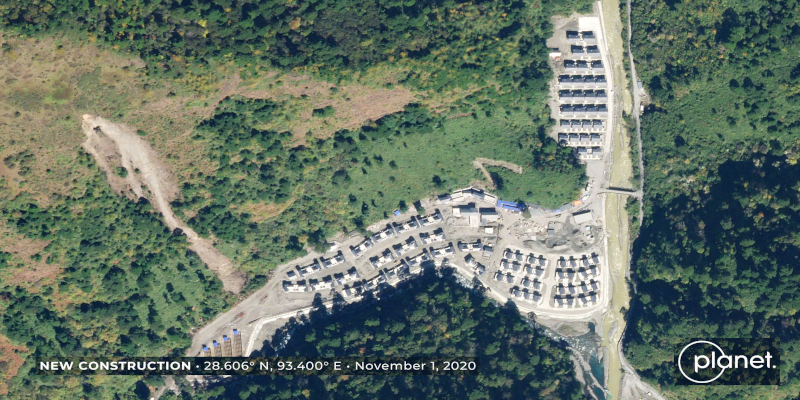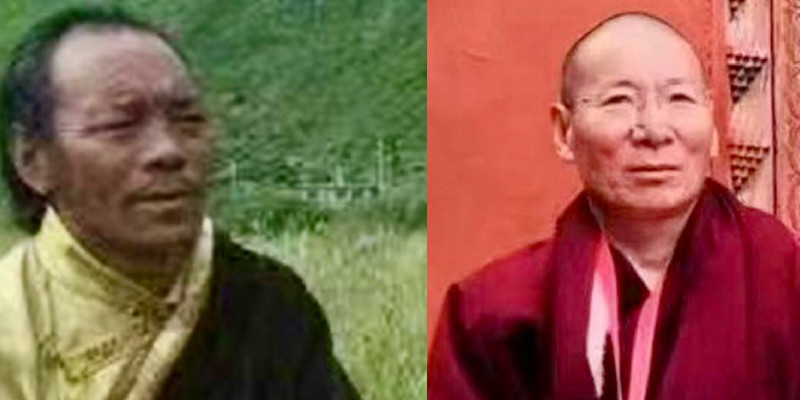Dharamshala, 15th November: According to a report, Indian officials estimate China is “constructing more than 600 such villages” along the Line of Actual Control (LAC), a border between the two nations agreed upon after a “short but devastating border war” in 1962, as described by Newsweek.
One villager in the newly created village was described in the Tibet Daily as claiming that he received 30,000 Yuan (£3,500) a year to reside in the border zone, according to the Vivekananda International Foundation, a think-tank based in New Delhi.
“China lures residents by offering better living conditions so that they come to live in the disputed border areas and form permanent settlements,” said Konchok Stanzin, a councilor in India’s Ladakh border region.
According to Voice of America (VoA), the release of an annual US Defense Department report has “focused the spotlight on India’s concerns about a push by China to construct civilian communities” in the disputed territory. Beijing “kept pursuing incremental and tactical efforts to advance its claims at the LAC,” according to the paper titled Military and Security Developments Involving the People’s Republic of China (PRC).
“Sometime in 2020, the PRC erected a huge 100-home civilian hamlet inside the disputed territory in the eastern section of the LAC between the PRC’s Tibet Autonomous Region and India’s Arunachal Pradesh state,” it added. “The Indian government and media have been alarmed by these and other infrastructure development projects along the India-China border.”
In hand-to-hand combat in the highlands last June, at least 20 Indian and Five Chinese soldiers were slain in the first lethal skirmishes in at least 45 years. A Beijing-based professor alleged five months later that Chinese troops had circumvented a no-live-shots agreement by using a microwave weapon that left Indian soldiers “vomiting” and unable to stand within 15 minutes.







Leave a Reply